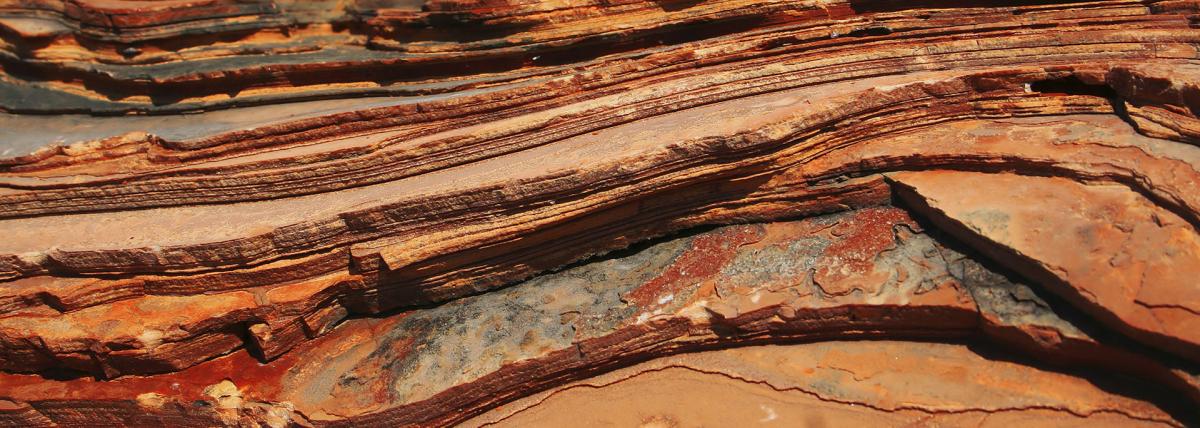
Volcanoes: Studying Viscosity of Lava & Magma and how it relates to The San Francisco Volcanic Field
by Carrie Jenkins
This lesson allows students to explore why volcanoes are shaped differently and why they erupt differently. Students will investigate viscosity, silica content of igneous rock samples, and perform volcanic eruptions to understand the formation of the San Francisco Volcanic Field in Northern Arizona.
Lesson Plan Link/URL
https://docs.google.com/presentation/d/1k4VpHZcxw2O4eb0hOjTePhqKZtza8hnY/edit?u…Subject Area
Science Earth and Space Science E1: Earth Systems Mathematics Measurement and Data (MD) The Number System (NS) English Language Arts (ELA) Reading (Informational Text)
Featured
Off
Related Content

Grades:
6th Grade, 7th Grade, 8th Grade
Students will be able to learn how the hydraulic system works. With this in mind, you will be able to design a hydraulic marble game using materials provided. At the same time, they will be able to

Grades:
5th Grade, 6th Grade, 7th Grade, 8th Grade
Students will understand that humans can control their environment. Students will investigate the effects of different pruning methods on cherry tomato plant growth and fruit production.

Grades:
8th Grade
How old is Earth? How big is 1 million years compared to 1 billion years? Students will use three models to organize geologic time and practice cross multiplication to solve for a variable.